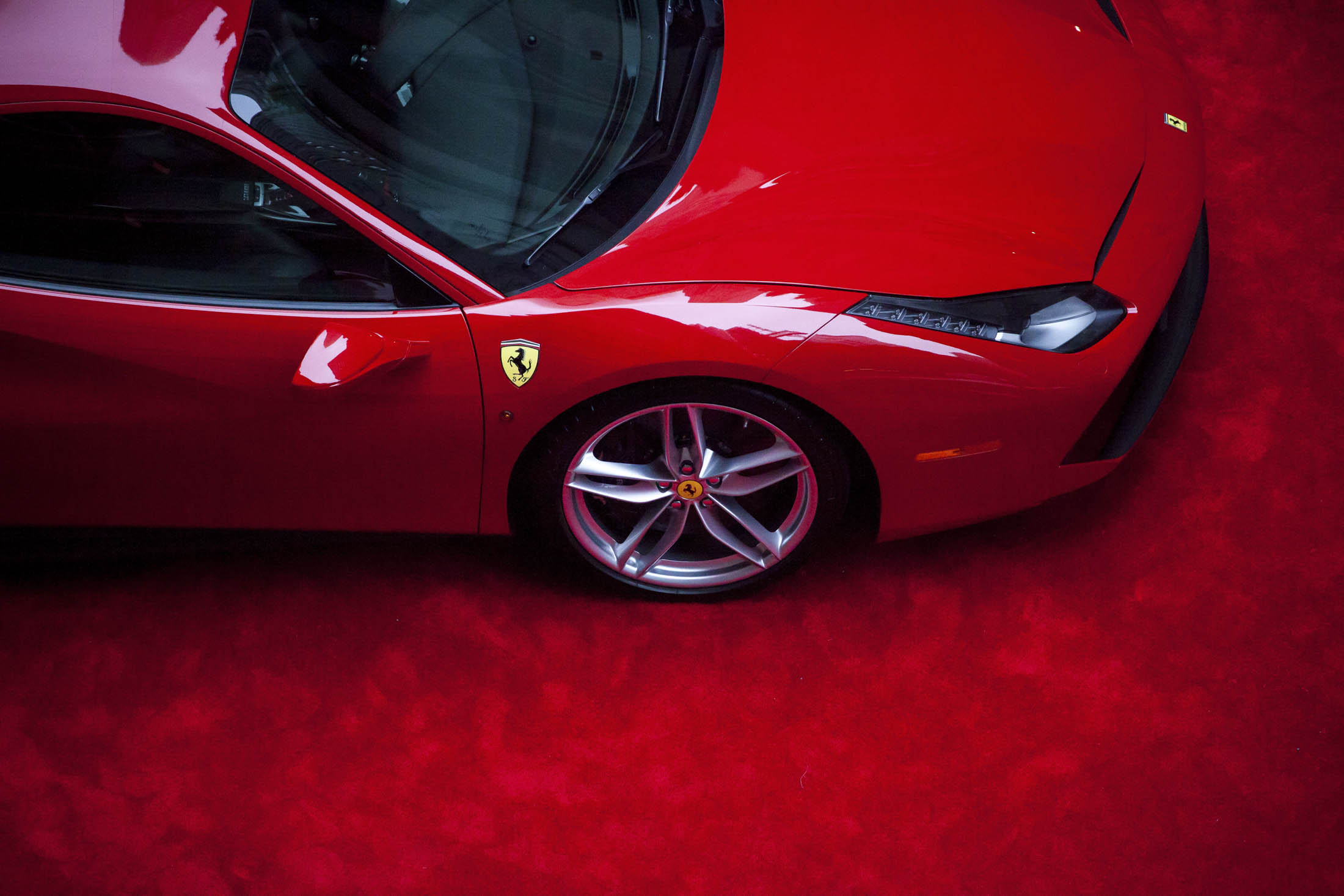Italian luxury carmaker Ferrari has increased its financial targets for the year after another exceptional quarter. The company reported a 45.7% rise in net profit, reaching €332 million, surpassing Factset analysts’ forecast of €294 million.
Ferrari also saw an 8.5% increase in car sales, totaling 3,459 vehicles sold worldwide during the July to September period. CEO Benedetto Vigna attributed this success to the appeal of customized models and the brand’s order book, which remains at a record high, covering sales through 2025.
These results suggest that Ferrari is not experiencing the slowdown in growth affecting other luxury segments. The company now anticipates 2023 sales of €5.9 billion, up from its previous estimate of €5.8 billion.
Ferrari plans to introduce fifteen new models between 2023 and 2026, including its first all-electric car, scheduled for release in 2025. In the third quarter, Ferrari reported a 23.5% sales increase, totaling €1.54 billion, with its primary market being Europe, the Middle East, and Africa. Although the Americas experienced a 21.1% sales increase, deliveries decreased by 8.0% in the China, Hong Kong, and Taiwan region.

Ferrari: A Storied History of Prancing Horses and Racing Legends
Ferrari, an iconic symbol of Italian luxury and automotive excellence, has a rich and storied history that spans over seven decades. Founded by Enzo Ferrari, the company has become synonymous with high-performance sports cars and a symbol of status and speed. Let’s take a journey through the history of this legendary marque.
1947-1960: The Early Years
Ferrari was officially founded in 1947 as Auto Avio Costruzioni Ferrari, and their first road car, the 125 S, rolled off the production line. The car featured a V12 engine designed by Gioachino Colombo. The 125 S scored Ferrari’s first racing victory, marking the beginning of an illustrious motorsport legacy.
1960-1980: Racing Dominance
In the 1960s, Ferrari achieved remarkable success in Formula One with legendary drivers like Juan Manuel Fangio and John Surtees. They also introduced iconic road cars like the 250 GTO and the 275 GTB. These cars combined style and performance, becoming classics that are highly sought after by collectors today.
1980-2000: The Testarossa Era
The 1980s brought the era of the Testarossa, a car that became an icon of the decade. Known for its distinctive side strakes, it was featured in popular culture, making appearances in movies and music videos. Ferrari’s Formula One success continued with drivers like Michael Schumacher, bringing home numerous championships.
2000-Present: Modern Marvels
In the new millennium, Ferrari continued to innovate and set benchmarks for performance and design. The Enzo, named after the company’s founder, was introduced as one of the world’s fastest supercars. The 2000s also saw the arrival of the Ferrari F430 and the 599 GTB Fiorano.
In recent years, Ferrari has focused on producing limited-edition models and expanding its lineup to include the California, 458 Italia, 488 GTB, and the hybrid LaFerrari. They also celebrated their 70th anniversary by unveiling the LaFerrari Aperta, a stunning open-top hypercar.

Racing Success
Ferrari’s success in Formula One is legendary, having won numerous Constructors’ and Drivers’ Championships. Drivers like Schumacher, Kimi Räikkönen, and Fernando Alonso have played a significant role in maintaining the Scuderia Ferrari’s reputation as a top team in the sport.
The Future of Ferrari
Ferrari is continually looking to the future. The introduction of the SF90 Stradale marked Ferrari’s entry into the world of hybrid supercars. The company is also working on electric vehicles, ensuring it stays at the forefront of innovation.
Ferrari’s storied history is a testament to its commitment to excellence, performance, and luxury. As they continue to innovate and create cutting-edge vehicles, one thing remains constant: the prancing horse logo is a symbol of prestige and speed recognized worldwide.
Paul Ebeling









